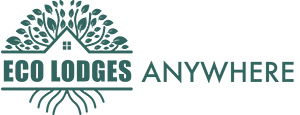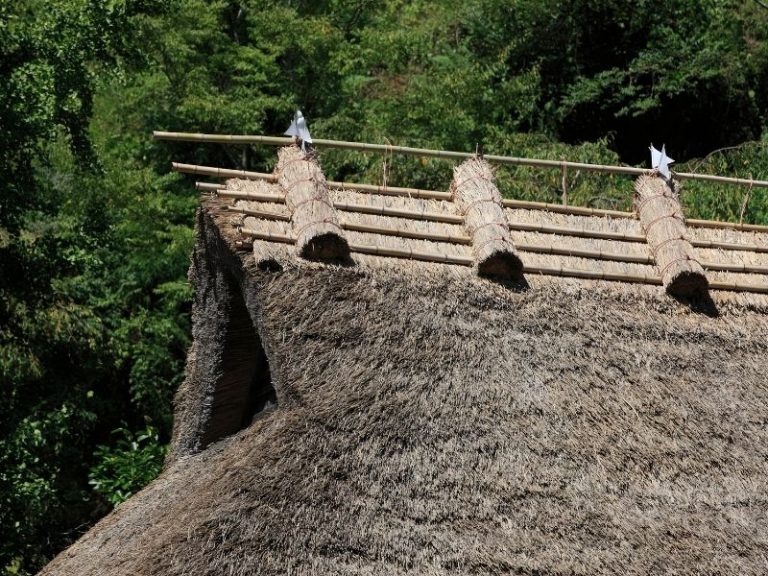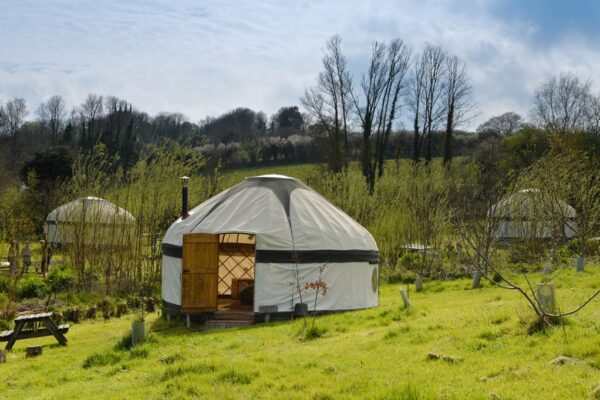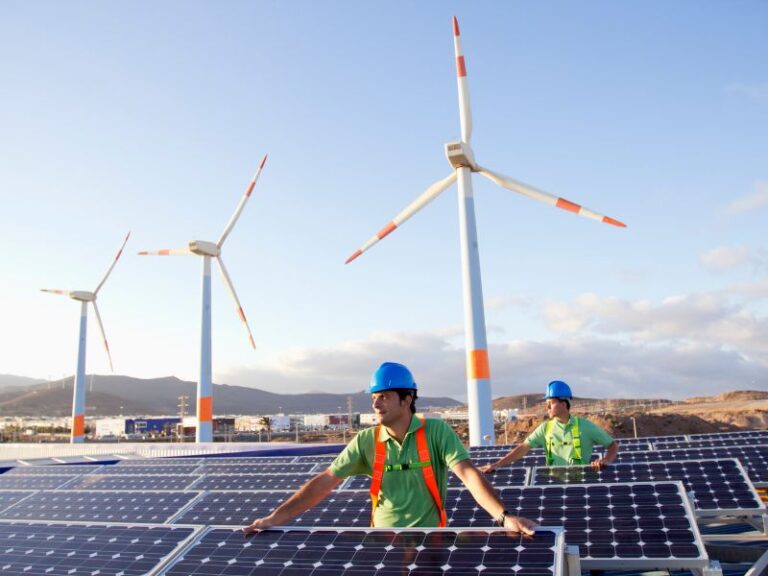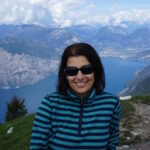9 Ways Eco-Lodges Recycle Water
Both recycling water and reusing wastewater are important steps as they help reduce overall water consumption. Since conservation and sustainability actions are becoming more essential, one should look into existing and working wastewater treatment solutions.
What happens when wastewater goes down the drain after showering, doing the dishes, doing the laundry, or using the toilet? Is it possible to recycle that water with or without treatment and reuse it for other needs? If yes, how? What examples are already out there?
Eco-lodges are one of the pioneers in taking the most efforts towards sustainability and zero waste. With the growing number of eco-tourists and the increased awareness of the environmental impact of traveling, the owners and the operators of these eco-lodges took matters into their own hands. Not only by sourcing their building materials sustainably, implementing systems for renewable energy use, but also by sourcing, treating, and recycling their wastewater coming into and out of their facilities.
Can wastewater be recycled?
Yes and no. There are 3 types of wastewater out of which greywater is the most suitable one to treat and reuse at the location without releasing it for industrialized wastewater treatment plants.
A common question most people have at this point is “Are wastewater and sewage the same?”. Yes and no. Sewage is a subset of wastewater. Sewage is usually the mix of yellow- and greywater, so any wastewater that includes used water from the toilet.
Most people also ask “Can wastewater become drinking water again?”. The short answer is generally no. Used water can be treated at location, but we need to use it for other things than drinking and cooking.
Types of wastewater
Greywater
The most commonly known wastewater is greywater. This is the water that comes from any activity related to laundry, showers/baths, and bathroom sinks. This water will not contain urine, feces, or food waste but does tend to have chemicals and cleaning liquids in it. Greywater is the easiest wastewater to reuse. It is the type of wastewater that can be used for agriculture and for watering plants.
Yellowwater
Essentially, yellowwater is just pure urine that is collected and is not contaminated with grey or black water. It is usually reused in irrigation or landscaping in non-edible gardens on a domestic level. The compounds in urine are wonderful for plants and their growth.
Blackwater
Blackwater comes from the toilet, dishwasher, and kitchen sink. It will contain feces, urine, and food waste along with chemicals and cleaning liquids. Blackwater is generally not reused as it can be too difficult to make safe on location. Wastewater treatment plants usually have methods to treat it properly. However, there are some examples where eco-lodges treat this type on site.
Why is wastewater treatment important?
In essence, wastewater is water that has been used. If we treat this water we can reuse it, which helps with water restoration and supply for communities. Treating and reusing wastewater also helps to protect the environment by stopping the chemicals in that water from entering into the habitat and land we live on.
We collected 9 examples of how eco-lodges treat and recycle water, whether they are in lush rainforests or dry deserts. Treating and repurposing water is one of the pillars of their operation.
Examples for recycling water used by eco-lodges
What all examples have in common is that they can treat wastewater easier since they make serious efforts to reduce contamination in the first place. The most sustainable eco-lodges around the world tend to use environmentally friendly chemicals, organic or biodegradable products making recycling water simpler.
Filteration by natural bacteria
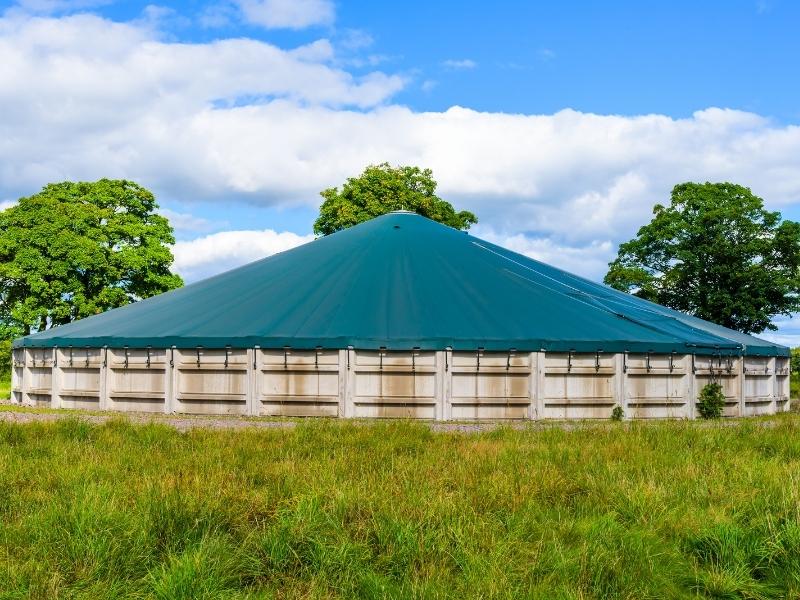
Mhondoro Safari Lodge & Villa (South Africa) uses natural bacteria to clean all greywater produced at the lodge. No harsh chemicals are used and the water is then given back to the earth. The most common bacteria used is anaerobic. This is used with a reactor filter filled with material like pumice, brick, or gravel. Wastewater is then passed through this filter and anaerobic bacteria are released and consume the organic material. As a byproduct biogas is produced which on a larger scale can be used as fuel to make air travel sustainable.
Filteration by reedbed

Antbear Lodge (South Africa) uses a reedbed to purify grey wastewater before they return it to the land. Locally sourced reeds and plants were made into a reedbed that acts as a filter for the lodge’s water system. The plants thrive off of the nitrates and phosphates in the wastewater, which removes them as they pass through the bed. They also exposure it to UV rays to remove the E.coli bacteria as well. Once the water has passed through these filters, it comes out clean and clear on the other side.
Filteration by lilies
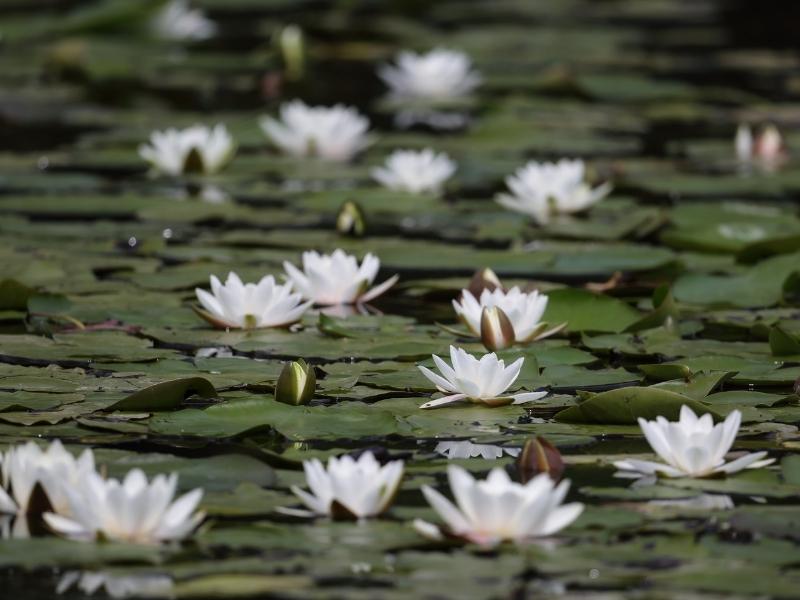
Selva Bananito Lodge (Costa Rica) is another lodge that uses plants to help purify the wastewater. They use the practice of lilies to treat used water, which has come from their Mayan roots and culture. Much like the reedbed at Antbear, the flowers take out the nitrates and phosphates from the water before it is returned to the land.
3-step biofiltration
Esquinas Rainforest Lodge (Costa Rica) uses a bio-filter to treat all of the greywater produced at the lodge. A three-step filter system is in place utilizing waster plants, like the water littles and reedbed at previous lodges, a layer of sand, and then a layer of gravel that the water passes through to clean all impurities out.
Hydroxyl waste management system
Nimmo Bay Wilderness Resort (Canada) uses a hydroxyl waste management system that uses oxidation molecules to neutralize dangerous pathogens and microorganisms in their wastewater. This is done by combining hydroxyl with one of three elements, ozone, hydrogen peroxide, and/or oxygen along with UV ray light to create a chemical reaction where the hydroxyl converts any contaminates into small inorganic molecules.
Biofiltration by active carbon
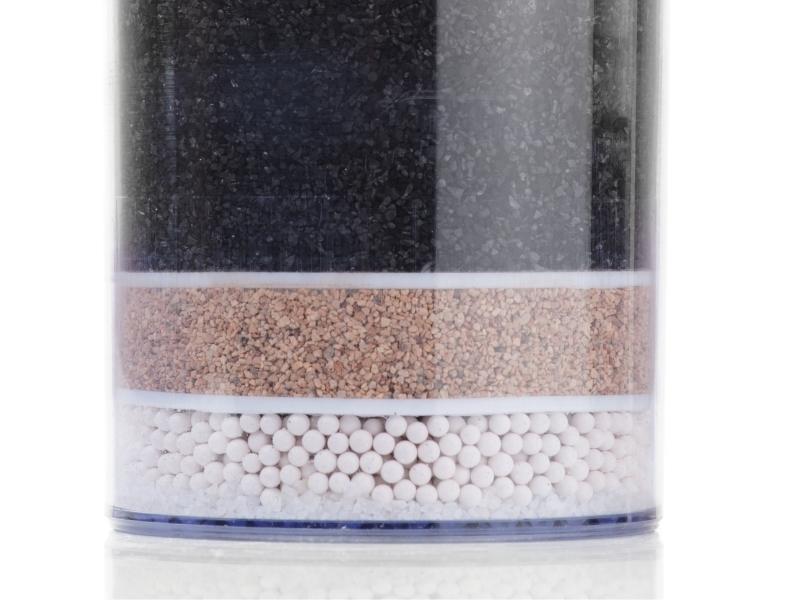
Eco Camp Patagonia (Chile) uses biofiltration for their wastewater. This process uses a filter that is composed of layers of materials like sand or granulated active carbon. Activated carbon is a favored layer of a biofiltration setup because of its porous structure that successfully captures and holds various types of material to its surface. These layers are then colonized by indigenous bacteria from the area that lives and act as another layer of the filter. These bacteria are considered an essential element to this type of filter.
Recycling blackwater using worms
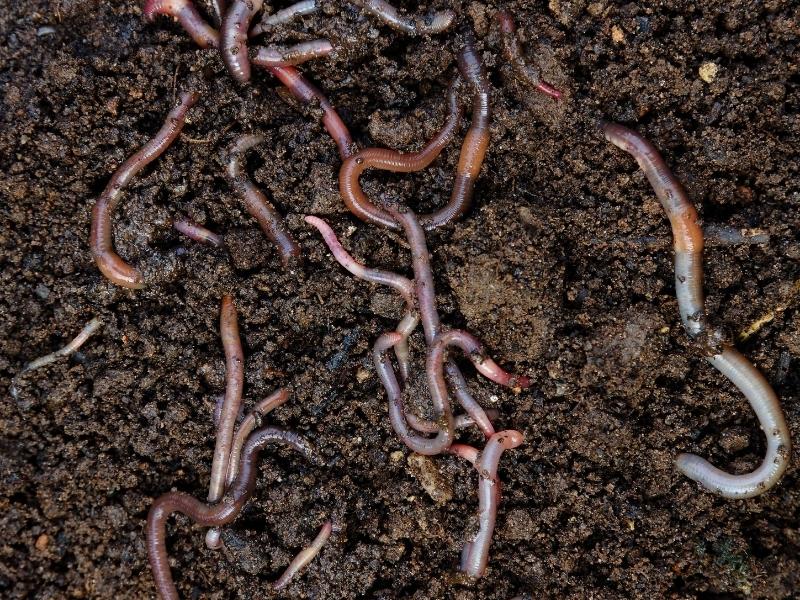
Eco Camp Patagonia (Chile) puts serious steps into reducing its impact on the environment. While most eco-lodges concentrate on recycling greywater, they developed a system to recycle blackwater using worms. First, they filter out the solids then they pump the water to large tanks where the manure of the earthworms will dissolve the contaminants.
Evapotranspiration bed
Phoenix Earthship (New Mexico, USA) – Greywater is cleaned in an evapotranspiration bed. This uses a combination of evaporation of water at the soil surface and transpiration, which is the release of water through plants. They use three phases of different types of plants, bermudagrass or St Augustine grass are popular choices as they are known to transpire water the best, before the last filtration, and then it is pumped back to the guest toilets. This type of system is usually used in arid climates where releasing the water back into the environment by soil absorption is not an option.
UV light system
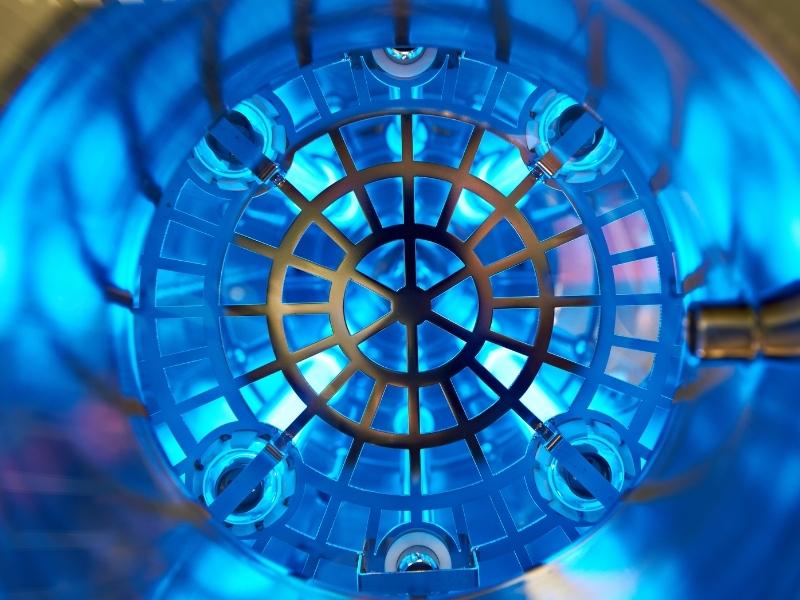
Playa Viva (Mexico) is using an ultraviolet light system. UV light damages the cellular functions of microorganisms. This means they are no longer able to grow. UV light is effective against most viruses, bacteria, and protozoa. After greywater is treated with UV light it is then used for the irrigation of their gardens.
More articles about sustainable living
Emese Maczko is a travel blogger behind Eco Lodges Anywhere. Having explored several destinations around Europe, the US, Indonesia, and Australia, and resided in Germany, the United Kingdom, and Luxembourg, Emese possesses a keen understanding of diverse cultures and an appreciation for the beauty of each destination she visits. She advocates for sustainable travel and ecotourism.
